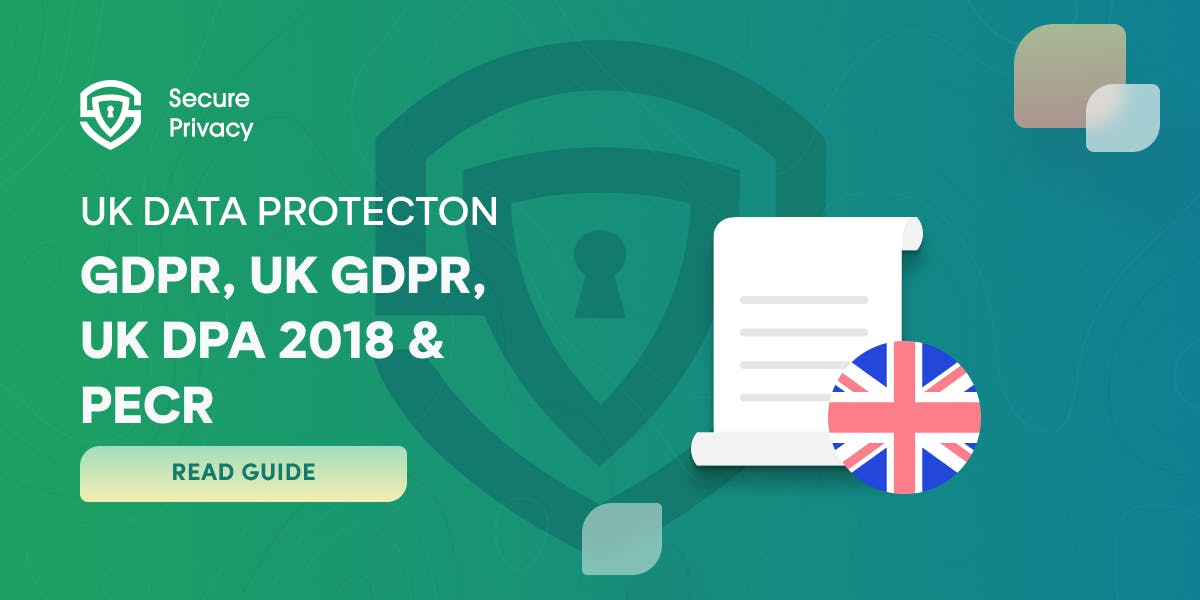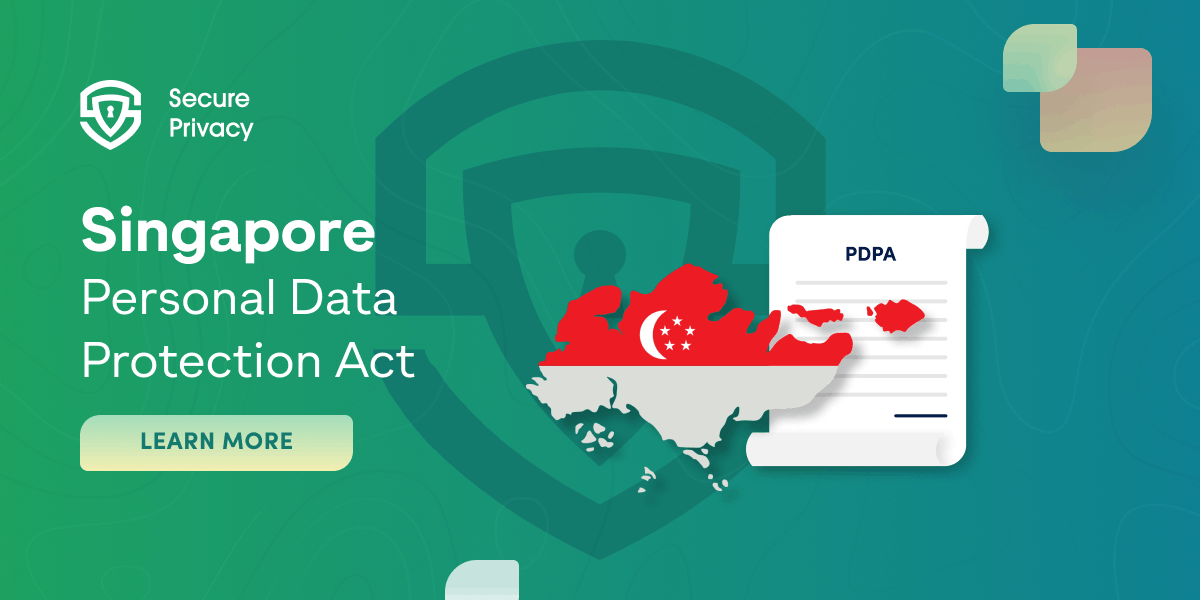Understanding the Importance of End-User License Agreements (EULA) and License Terms
Learn about End-User License Agreements (EULAs) and their importance in the software industry. Discover when EULAs are needed, their advantages for software developers and users, and the key components they should include. Find out how to write an effective EULA, including best practices and tips, and the availability of EULA generators for your convenience.
What is an End User License Agreement?
An end-user license agreement (EULA) is a legally binding document between a software developer or publisher (licensor) and a user (licensee). It grants the user the right to use the software under certain terms and conditions. EULAs are typically presented to users before they download or install software, and users must agree to the terms of the EULA before they can use the software.
When is a EULA needed?
A EULA is needed whenever a software developer or publisher wants to grant users a limited license to use their software application. This includes both commercial and free software. EULAs are especially important for software developers and publishers who want to protect their intellectual property rights and limit their liability to users.
What are other names for EULA?
EULAs are also sometimes referred to as:
- Software license agreement
- End-user software license agreement
- Consumer license agreement
- Shrink-wrap license
- Clickwrap license
- Click-through license
Is a EULA the same as Terms of Use, Terms and Conditions, or Terms of Service (ToS)?
No, a EULA is not the same thing as Terms of Use, Terms and Conditions, or Terms of Service (ToS). A EULA is a specific type of contract that governs the use of software. A ToS, on the other hand, is a broader type of contract that can govern the use of a website, online service, or other digital product.
What is the difference between End-User License Agreement and License Agreement?
The terms “end user license agreement” and “license agreement” are often used interchangeably. However, there is a subtle difference between the two terms. A license agreement is a general term for any contract that grants a user the right to use something, such as software, a patent, or a trademark. An end-user license agreement is a specific type of license agreement that is used for software.
What are the advantages of using a EULA?
There are several advantages to using a EULA, including:
- Protects intellectual property rights: EULAs can help software developers and publishers to protect their intellectual property rights, such as their copyright and trademark rights.
- Limits liability: EULAs can also help software developers and publishers to limit their liability to users in the event that the software causes any damage or problems, and usually excludes user behavior.
- Clarifies the relationship between the software developer and the user: EULAs can help to clarify the relationship between the software developer and the user, and to set out the rights and obligations of each party.
What are EULA benefits for software vendors?
EULAs provide an additional benefit for software vendors. EULAs can also be used to generate revenue for software vendors. For example, a software vendor may require users to pay a license fee in order to use their software.
What are EULA benefits for customers?
EULAs also provide several benefits for customers, including:
- Clear understanding of the terms and conditions of use: EULAs provide customers with a clear understanding of the terms and conditions under which they are allowed to use the software. This can help customers to avoid any surprises or problems down the road.
- Protection from unfair terms and conditions: EULAs are subject to the laws of the jurisdiction in which they are entered into. This means that customers are protected from unfair terms and conditions in the EULA.
- Ability to choose whether or not to use the software: Customers are free to choose whether or not to use the software after reading the EULA. If a customer does not agree with the terms of the EULA, they are not obligated to use the software.
Where should I put EULAs?
EULAs should be placed in a conspicuous location where users are likely to see them before they download or install the software. You may opt to place your EULA on your website, in the software's installation wizard, or in the software's package.
Which clauses should a EULA include?
Common components and clauses of a EULA include the following:
- Definitions: The EULA should define all of the important terms used in the agreement, such as "software," "licensee," and "licensor."
- Copyright notice: The EULA should include a copyright notice that states who owns the copyright to the software.
- Infringement acknowledgement: The EULA should include a clause that specifies copyright infringement.
- Licensor information: The EULA should include the contact information for the software licensor.
- Software information: The EULA should identify the software that is being licensed.
- Relevant laws: The EULA should state which laws will govern the agreement.
- Warranty disclaimer: The EULA should disclaim any warranties for the software.
- Maintenance and support: The EULA should state whether the software licensor will provide any maintenance or support for the software.
- Restrictions for use: The EULA should specify restrictions for the use of the software and how it cannot be used. For example, the EULA may prohibit users from reverse engineering the software or distributing it to others.
- Site licenses: The EULA may include a clause that allows users to purchase a site license for the software. A user may install the software on multiple computers at a single location with a site license.
- Start date: The EULA should state the start date of the license.
- Termination of licensing: The EULA should state how the license can be terminated, such as if the user breaches the terms of the EULA.
- License granting: The EULA should grant the user a license to use the software. This license may be exclusive or non-exclusive.
Additional clauses:
- Export controls: The EULA may include a clause that restricts the export of the software to certain countries.
- Governing law and jurisdiction: The EULA may specify the governing law and jurisdiction for any disputes arising out of the agreement.
- Entire agreement: The EULA may state that it is the entire agreement between the parties and that it supersedes any prior agreements or representations.
- Severability: The EULA may include a severability clause that states that if any provision of the agreement is held to be invalid or unenforceable, the remaining provisions will remain in full force and effect.
What are best practices for writing a EULA?
When writing a EULA, it is important to keep the following best practices in mind:
- Identify the business and the user: Determine what type of business you are in and who your target users are. This will help you to tailor the EULA to your specific needs. For example, if you are a software company that develops business-to-business (B2B) software, you will need to make sure that your EULA addresses the specific needs of businesses, such as data security and compliance requirements. Your EULA should also cover privacy policy, user agreement, terms of service, content policy, and other legal documents.
- Disclose the copyright: Make sure to disclose that the software is copyrighted and protected by law. This will help to protect your intellectual property rights.
- Establish and define the rules of behavior: The EULA should clearly state what end-users are and are not allowed to do with the software. This includes things like reverse engineering the software, creating derivative works, and distributing the software to others.
- Outline all relevant conditions and other details: Outlined in the EULA should also be all of the relevant conditions and other details of the software license, such as the warranty disclaimer, maintenance and support obligations, and termination provisions.
- Clearly state any disclaimers and limitations of liability: The EULA should clearly state any disclaimers and limitations of liability that you want to apply to the software. This will help to protect you from legal liability in the event of problems with the software.
- Have your EULA reviewed by an attorney: Once you have drafted your EULA, it is important to have it reviewed by an attorney to make sure that it is enforceable and complies with all applicable laws.
Additional tips for writing a EULA:
- Write in clear and concise language: The EULA should be written in clear and concise language that is easy for end-users to understand. Avoid using legal jargon and technical terms whenever possible.
- Organize the EULA logically: The EULA should be organized in a logical way that makes it easy for end-users to find the information they need. Use headings and subheadings to break up the text and make it easier to read.
- Use a consistent style: The EULA should be written in a consistent style throughout. This includes using the same font, font size, and margins.
- Proofread the EULA carefully: Once you have finished writing the EULA, be sure to proofread it carefully to catch any errors. You may also want to have someone else proofread it for you.
It is also important to keep in mind that EULAs are constantly evolving as new technologies and business models emerge. It is a good idea to review your EULA regularly to make sure that it is up-to-date and reflects your current business practices.
Is there a EULA generator?
Yes, there are a number of EULA generators available online. These generators can help you to create a basic EULA for your software. However, it is important to have an attorney review your EULA before you use it. This is to ensure that the EULA is tailored to your specific needs and that it complies with all applicable laws.

Navigating UK Data Protection Law: Understanding General Data Protection Regulation, UK GDPR, and UK Data Protection Act 2018
Understand the complexities of UK data protection regulations with our comprehensive guide. Learn about GDPR, UK GDPR, UK DPA, and PECR, and ensure compliance for your business.
- UK DPA

The EU Artificial Intelligence Act (EU AI Act): Navigating Compliance in European Union with Its Regulation on Artificial Intelligence
Navigate compliance with the EU AI Act in the European Union. Learn about its regulations on artificial intelligence, risk classifications, and transparency requirements for businesses. Stay informed about the groundbreaking legislation shaping the future of AI.
- Data Protection
- Europe GDPR

Understanding Singapore Personal Data Protection Act (PDPA) 2012 - A Comprehensive Overview of Singapore's Data Protection Law
Dive into the key provisions, amendments, and compliance requirements of Singapore's PDPA, governing how organizations handle personal data of residents. Learn about consent, telemarketing regulations, compliance criteria, consumer rights, data breach notifications, and enforcement measures.
